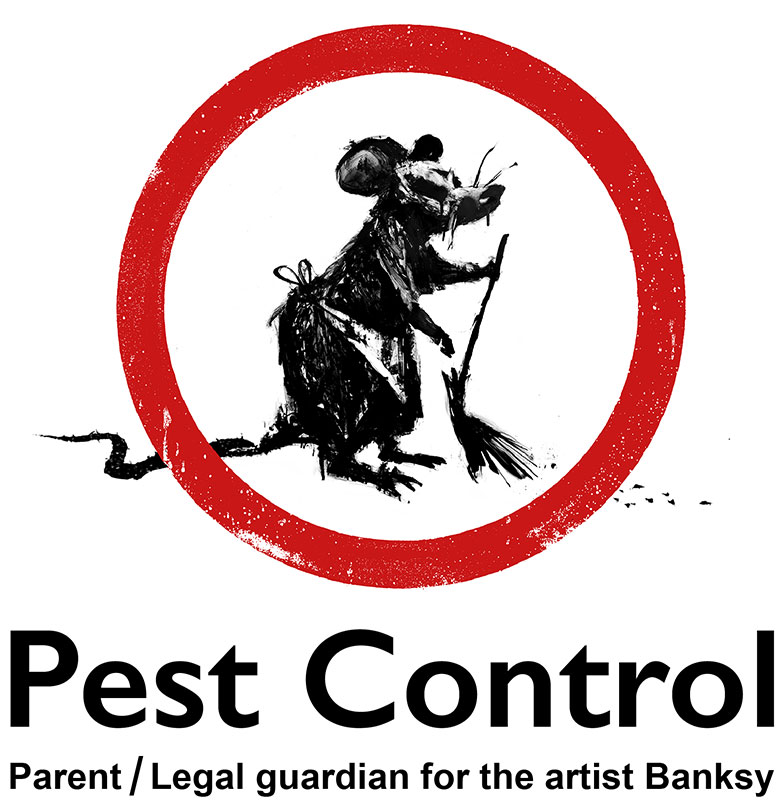Bed Insect Treatment Failure: Contrasting Chemical Vs. Non-Chemical Solutions
In the world of pest control, specifically when managing the persistent concern of bed insects, the option in between chemical and non-chemical treatment services can be a pivotal one. Both techniques supply unique benefits and drawbacks, influencing variables such as efficiency, safety factors to consider, and total cost. By checking out the nuanced details of each approach, a more clear understanding of which course to pursue in dealing with a bed pest problem can be achieved.
Efficiency of Chemical Treatments
Chemical treatments for bed bug invasions have actually been widely recognized for their potent and fast effectiveness in removing these insects. When taking into consideration the efficiency of chemical therapies, it is critical to comprehend that they can give a detailed and quick service to a bed bug problem.
Additionally, chemical therapies have the benefit of offering recurring effects, implying that they can continue to remove bed pests also after the initial application. This residual action is especially beneficial in combating any kind of potential re-infestations. Furthermore, the quick action of chemical therapies can bring relief to people facing extreme bed pest infestations, enabling them to reclaim control of their living spaces quickly.
Safety Interest In Chemical Solutions
One crucial aspect that requires careful consideration when making use of chemical solutions for bed insect therapy is making certain the security of passengers and the setting. While chemical therapies can be efficient in removing bed insects, they may pose threats otherwise taken care of properly. One of the key safety interest in chemical options is the potential injury they can trigger to human wellness. Direct exposure to particular chemicals used in bed insect treatments can cause respiratory concerns, skin inflammation, or other adverse reactions, particularly in individuals with pre-existing problems or level of sensitivities. Additionally, incorrect application or dose of chemical pesticides can cause poisonous deposits sticking around in the cured area, posturing long-term health threats to owners.
Furthermore, the ecological effect of chemical services is an additional considerable consideration. Some chemicals utilized in bed pest treatments may be dangerous to valuable bugs, wildlife, and ecosystems if they seep right into the soil or water systems. It is important to utilize chemical treatments deliberately, following security standards, and taking into consideration less toxic options to minimize these risks and make sure the effective and risk-free monitoring of bed insect problems.
Benefits of Non-Chemical Approaches
Taking into consideration the possible safety and security worries and environmental impact connected with chemical services for bed insect therapy, checking out non-chemical methods provides an appealing alternative with a number of distinctive advantages. Non-chemical therapies are environmentally pleasant, as they do not contribute to air or water contamination, making them a sustainable selection for parasite control.
Furthermore, non-chemical services can be effective in targeting bed insects, consisting of hard-to-reach areas where chemical therapies may not pass through - A1 exterminator charlotte nc. Approaches such as warmth treatment, vacuuming, steam cleansing, and cushion encasements provide thorough eradication without the usage of damaging chemicals.
Limitations of Non-Chemical Treatments

In addition, non-chemical therapies often require numerous applications to accomplish effective obliteration. This can be lengthy and might not always assure complete elimination of all bed pests and their eggs, specifically in covert or hard-to-reach locations.
Additionally, the success of non-chemical therapies heavily counts on proper application and thoroughness, which can be challenging for people without specialist proficiency. Poor application of non-chemical techniques might lead to insufficient elimination, leading to check out here consistent invasions and the requirement for additional therapies.
Consequently, while non-chemical therapies have their benefits, it is vital to recognize these restrictions and consider them when determining one of the most efficient technique for taking care of bed bug infestations.
Price Comparison: Chemical Vs. Non-Chemical Options
Offered the constraints connected with non-chemical treatments, a vital facet to examine in the context of bed bug administration is the price contrast in between company website chemical and non-chemical choices. Chemical therapies typically entail the application of insecticides by experts, which can vary from $250 to $900 per room, depending on the extent of the problem and the dimension of the location to be dealt with. On the other hand, non-chemical therapies like heat treatment or vapor can be a lot more pricey, with expenses ranging from $1,000 to $6,000 for an entire home. While the first expense of chemical therapies might appear reduced, numerous treatments may be called for to completely eradicate the infestation, possibly increasing the overall expense. On the other hand, non-chemical alternatives may give an extra eco-friendly and lasting service, although they can be cost-prohibitive for some people. Eventually, when considering the expense of bed insect therapy alternatives, it is very important to consider the upfront expenditures versus the efficiency and lasting sustainability of the picked technique.
Final Thought

Thinking about the potential safety concerns and ecological effect linked with chemical remedies for bed pest therapy, checking out non-chemical techniques presents an encouraging choice with numerous distinct advantages.Provided the constraints linked with non-chemical therapies, an essential aspect to review in the context of bed pest management is the cost comparison in between chemical and non-chemical alternatives. In contrast, non-chemical treatments like warm therapy or steam can Get the facts be more pricey, with prices ranging from $1,000 to $6,000 for an entire home. While the preliminary price of chemical treatments might seem lower, numerous therapies may be needed to completely eradicate the invasion, possibly raising the overall price.In verdict, when comparing chemical and non-chemical bed pest treatment choices, it is important to consider performance, safety and security, advantages, limitations, and cost.